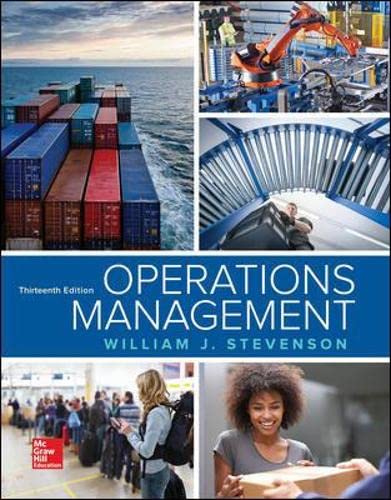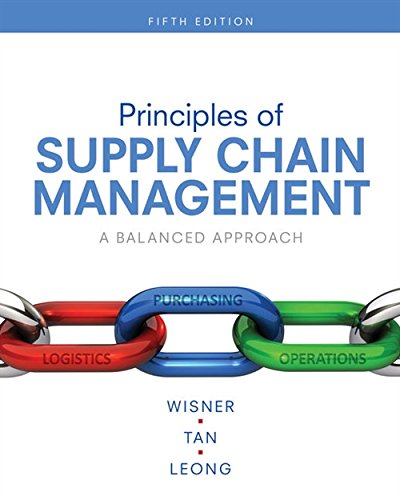Solution Manual for An Introduction to Management Science 15th Edition by Anderson
Chapter 1
Introduction
Learning Objectives
- Develop a general understanding of the management science/operations research approach to decision making.
- Realize that quantitative applications begin with a problem situation.
- Obtain a brief introduction to quantitative techniques and their frequency of use in practice.
- Understand that managerial problem situations have both quantitative and qualitative considerations that are important in the decision making process.
- Learn about models in terms of what they are and why they are useful (the emphasis is on mathematical models).
- Identify the step-by-step procedure that is used in most quantitative approaches to decision making.
- Learn about basic models of cost, revenue, and profit and be able to compute the breakeven point.
- Obtain an introduction to the use of computer software packages such as Microsoft Excel in applying quantitative methods to decision making.
- Understand the following terms:
model infeasible solution
objective function management science
constraint operations research
deterministic model fixed cost
stochastic model variable cost
feasible solution breakeven point
Solutions:
- Management science and operations research, terms used almost interchangeably, are broad disciplines that employ scientific methodology in managerial decision making or problem solving. Drawing upon a variety of disciplines (behavioral, mathematical, etc.), management science and operations research combine quantitative and qualitative considerations in order to establish policies and decisions that are in the best interest of the organization.
- Define the problem
Identify the alternatives
Determine the criteria
Evaluate the alternatives
Choose an alternative
For further discussion see section 1.3
- See section 1.2.
- A quantitative approach should be considered because the problem is large, complex, important, new and repetitive.
- Models usually have time, cost, and risk advantages over experimenting with actual situations.
- Model (a) may be quicker to formulate, easier to solve, and/or more easily understood.
- Let d = distance
m = miles per gallon
c = cost per gallon,













